Campfire cooking is a beloved part of camping and can create lasting family memories. However, it’s crucial to prioritize safety to prevent injuries and ensure a positive experience. This article will provide essential tips for safe campfire cooking, covering fire safety, food preparation, and proper sanitation.
Table of Contents
Fire Safety Tips
Check local regulations and restrictions
Ensure campfires are permitted in your camping area, as many regions have fire restrictions during dry seasons. Adhere to any posted fire danger signs, campfire closures, or other restrictions to avoid potential hazards and legal issues.
Use designated fire pits
If available, always use designated fire pits to contain the fire and minimize the risk of it spreading. If no fire pit is present, follow local guidelines for building a safe campfire, ensuring it is a safe distance from tents, vegetation, and other flammable materials.
Keep the fire manageable
Avoid building excessively large fires, as they can be difficult to control and may collapse unexpectedly. Glowing embers are better for cooking and provide a more comfortable environment for gathering around the fire.
Have water or a fire extinguisher nearby
Keep a supply of water or a fire extinguisher on hand to quickly extinguish any unexpected flames or sparks. At the end of the night, thoroughly douse the fire with water or cover it with sand or dirt to ensure it’s completely extinguished.
Food Preparation and Cooking Safety
Choose appropriate foods
Select foods that are easy to cook over an open fire, such as hot dogs, which come fully cooked and minimize the risk of undercooking. Consider pre-cooking certain ingredients to reduce cooking time and ensure thorough cooking.
Use proper cooking equipment
Invest in long-handled roasting forks, tongs, or other campfire cooking tools to keep a safe distance from the flames. Ensure all cooking equipment is clean and in good condition before use to prevent accidents and contamination.
Cook thoroughly and evenly
Make sure all food, especially meats, are cooked thoroughly to safe internal temperatures to prevent foodborne illnesses. Rotate food frequently to ensure even cooking and prevent burning.
Sanitation and Hygiene
Keep hands clean
Wash hands thoroughly with soap and water before handling food, after touching raw meats, and after using the restroom. Use hand sanitizer if soap and water are not readily available to maintain proper hygiene.
Maintain a clean cooking area
Keep the cooking area clean and free of debris, dirt, and any potential contaminants. Properly dispose of food waste and packaging to avoid attracting wildlife and minimize the risk of contamination.
Store food safely
Use coolers or insulated containers to keep perishable foods at safe temperatures. Store food in airtight containers or resealable bags to prevent contamination and spoilage.
Conclusion
Safe campfire cooking requires attention to fire safety, food preparation, and proper sanitation. By following these essential tips, you can create a memorable and enjoyable outdoor cooking experience while minimizing the risk of injuries or illnesses.
Remember to always prioritize safety, supervise children around the fire, and leave the campsite cleaner than you found it. With these guidelines in mind, you’re ready to embark on a delicious and safe campfire cooking adventure.
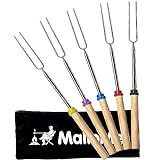





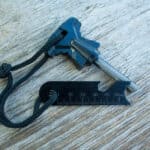

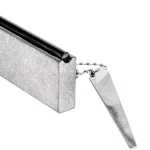







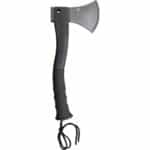
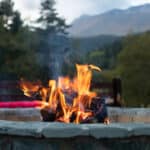
Leave a Reply